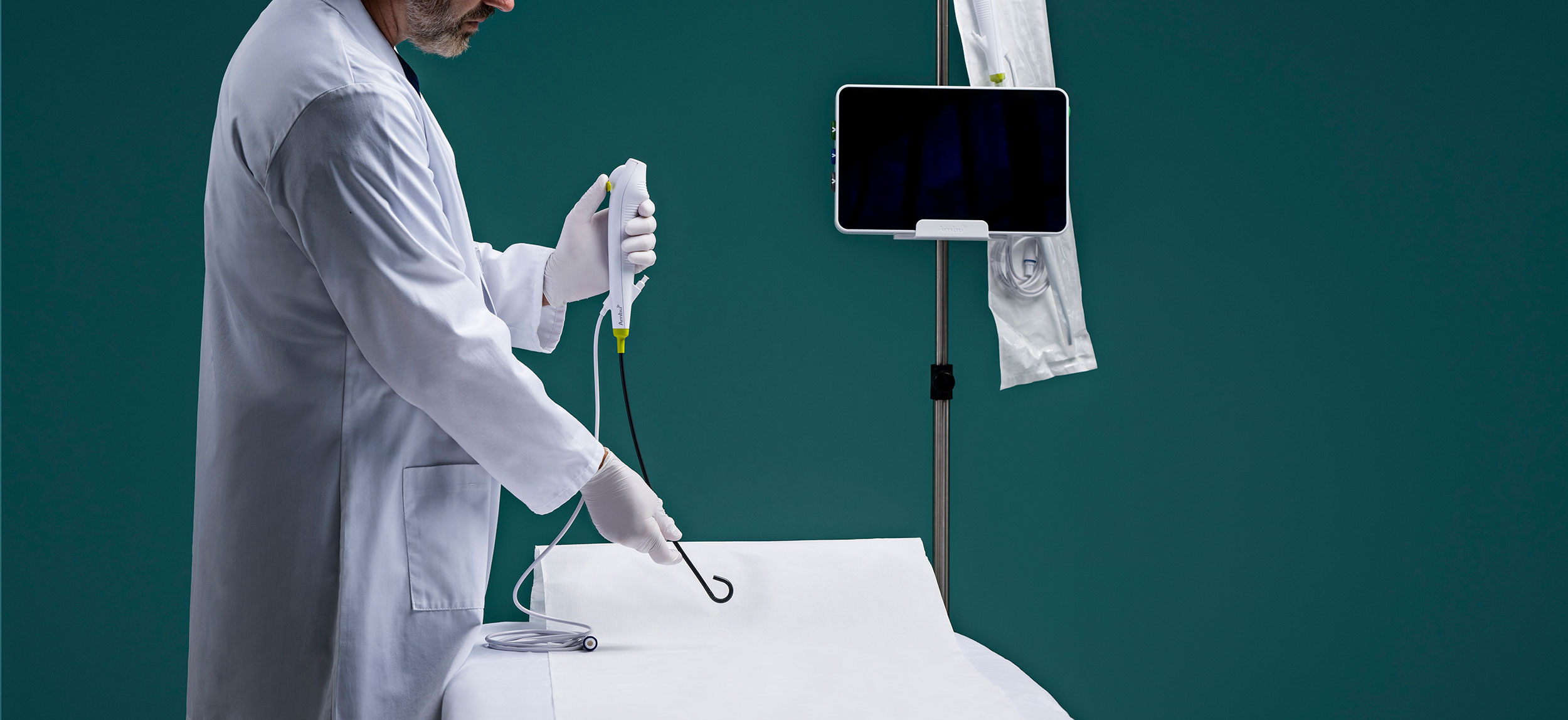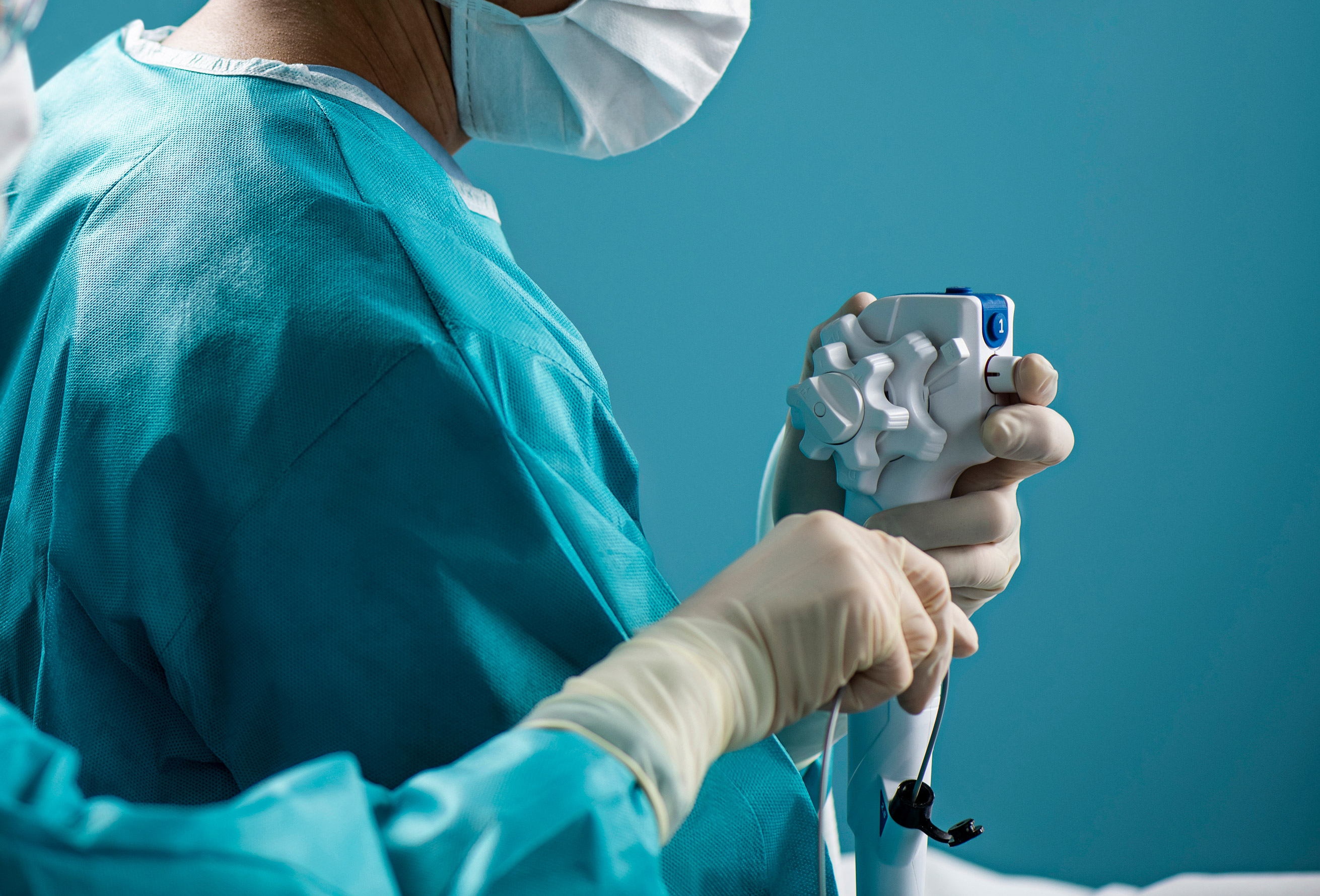
Artificial intelligence has the potential to significantly transform urology practices by improving workflow and enhancing patient care.
That’s according to Renal and Urology News and its account of a urologist panel at the recent Large Urology Group Practice Association (LUGPA) annual meeting. AI can recognize diagnostic processes, recommend treatments and optimize workflow and patient care, the panelists said.
It's not merely a technological innovation — AI is a catalyst for ensuring the highest standards in patient care, according to Dr. Giovanni Cacciamani, an associate professor of urology research at the University of Southern California's Keck School of Medicine.
Optimizing Workflow
AI’s role in enhancing operational efficiency cannot be overstated. By automating routine and repetitive tasks, medical professionals can redirect their focus to patient-centric activities.
AI has proven particularly adept at interpreting complex medical images. Its automated analysis expedites the diagnostic process and enhances its accuracy and thoroughness, ensuring a meticulous evaluation of critical medical data, according to Cacciamani.
Beyond diagnostics, AI can automate clinical note generation, streamlining documentation and preventing the omission of critical information.
Educating Patients, Reducing Burnout
Personalized content creation is also proving valuable in patient education, with AI bridging the gap between complex medical terms and layman's understanding. Such a personalized approach enhances patient adherence to medical advice and treatment plans.
The panelists also highlighted the potential of AI in alleviating urologist burnout, with the help of generative AI, large language models and robotic process automation. AI, for example, can summarize and analyze patient histories and charts, providing quick access to information for patients with more prolonged and complicated urologic histories.
The technology won't replace urologists, Cacciamani emphasized, but those who don't adapt to AI it may be eclipsed by those who do, possibly as soon as the next several years.
Single-use endoscopes also help urologists conserve time and resources, since they’re used once and discarded and eliminate the need for reprocessing. Combining single-use with AI’s ability to analyze high-resolution endoscopy images not only amplifies diagnostic precision and speed —patient care is enhanced as well.
Related Articles
Evaluating AI’s Impact on Endoscopy — and Potential Limitations


